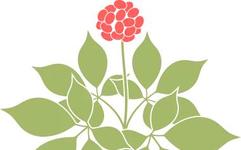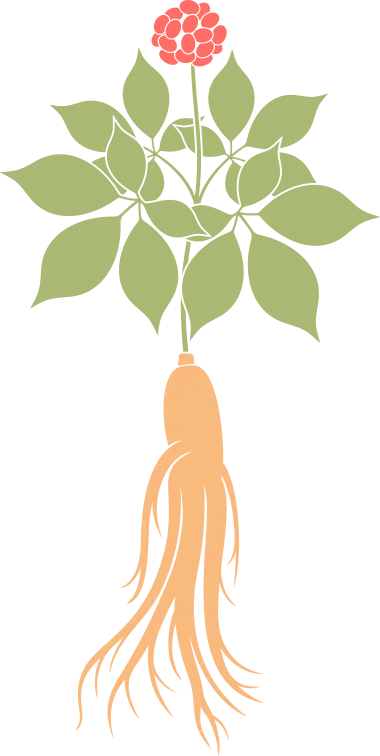
1
Introduction to Traditional Chinese Medicine
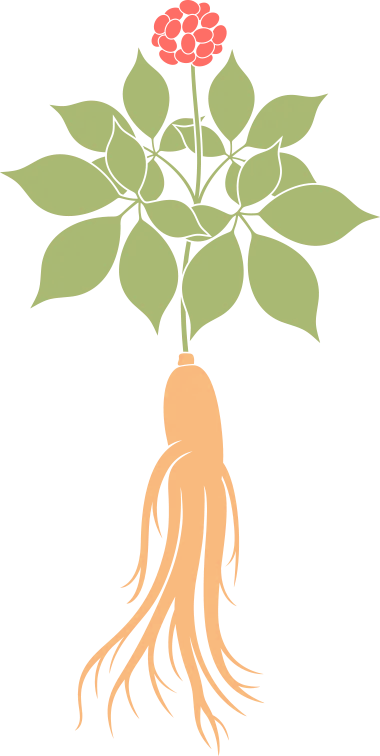
What is Traditional Chinese Medicine (TCM)?
Traditional Chinese Medicine refers to “Chinese Traditional Medicine,” which is an ancient and comprehensive medical system with thousands of years of history and experience. It includes theories such as the balance of Yin and Yang, the circulation of Qi and blood, and the meridian system.
What is Western Medicine?
Western Medicine refers to “Western Medicine,” which is modern scientific medicine primarily based on the medical theories and practices of Western countries, focusing on principles of anatomy, physiology, and biochemistry.
What is the origin of TCM?
The origin of TCM can be traced back to ancient primitive societies, where people began to observe and summarize phenomena related to health and disease, attempting to use plants, animals, and minerals from nature to treat illnesses.
What is the essence of TCM?
TCM emphasizes a holistic view, seeing individuals as an organic whole closely related to changes in the natural world. Its core theory is the Yin-Yang and Five Elements theory, where diseases are manifestations of imbalances in Yin and Yang.
Does TCM have scientific basis?
Scientific basis refers to reliable evidence obtained through scientific research and clinical trials. TCM relies on “inspection, auscultation, inquiry, and palpation” for diagnosis, and there are still certain limitations and challenges regarding its scientific basis.
How should we view TCM?
TCM represents the accumulation of ancient Chinese wisdom and experience, possessing unique value and significance. We should view, understand, and respect TCM culture and the complementary nature of TCM and Western medicine, rather than completely denying it.
How does TCM treat diseases?
TCM diagnostic methods include inspection (observation), auscultation (listening), inquiry (questioning), and palpation (pulse diagnosis). Treatment methods include herbal medicine, acupuncture, tui na (Chinese therapeutic massage), cupping, and gua sha (scraping therapy).

2
Differences Between TCM and Western Medicine
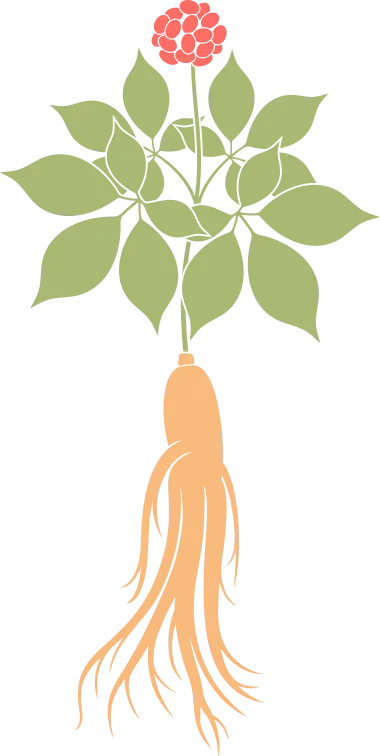
Different Theoretical Foundations
The theoretical foundations of TCM mainly include the theories of Yin-Yang, Five Elements, Qi and blood, and the meridian system, while Western medicine is primarily based on modern scientific principles such as anatomy, physiology, and biochemistry.
Different Diagnostic Methods
TCM determines the condition through inspection (observation), auscultation (listening), inquiry (questioning), and palpation (pulse diagnosis), while Western medicine relies on laboratory tests, radiological examinations, and imaging techniques.
Different Treatment Methods
TCM treatment methods include herbal medicine, acupuncture, tui na, cupping, and gua sha, while Western medicine includes drug therapy, surgery, and radiotherapy.
Different Philosophies
TCM emphasizes individualized treatment, focusing on disease prevention, balancing, holistic concepts, and health maintenance; Western medicine emphasizes disease diagnosis and treatment, focusing on etiology, pathology, and scientific evidence.
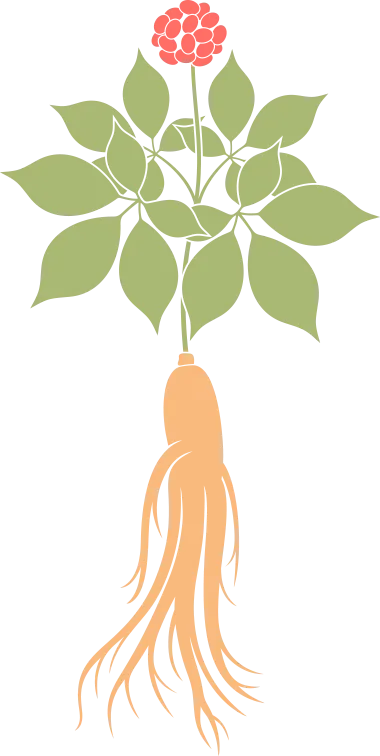
3
TCM Theories
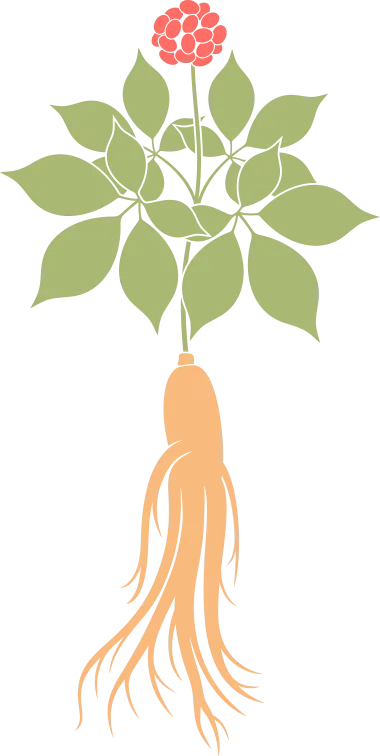
Yin-Yang Theory
The Yin-Yang theory describes the relationship of opposition and unity among various phenomena and things in nature and within the human body. Yin is often associated with negative, static, internal, and cold characteristics, while Yang is associated with positive, dynamic, external, and hot characteristics.
Five Elements Theory
The Five Elements theory describes the various changes and interrelationships in nature and within the human body. For example, the heart belongs to fire, which represents heat, activity, and energetic attributes, while water can regulate the heart’s excessive activity.
Qi and Blood Theory
The Qi and blood theory posits that Qi and blood are essential material foundations for maintaining life activities and health. The circulation of Qi and blood is crucial for the body’s normal functions, and different diseases manifest as Qi and blood deficiency, disorder, or stagnation.
Zang-Fu Theory
TCM divides the physiological functions of the human body into five Zang organs (heart, liver, spleen, lung, kidney) and six Fu organs (gallbladder, stomach, large intestine, small intestine, bladder, san jiao). Each Zang and Fu organ has specific functions and interrelationships.
Meridian Theory
The Meridian theory posits that there exists a network of meridians within the human body that connects the five Zang and six Fu organs. Meridians are the pathways for Qi and blood circulation, regulating the body’s physiological activities and disease states.
Dietary Therapy and Nourishment
TCM emphasizes the importance of dietary regulation for health, viewing food as medicine. Based on individual constitution and conditions, suitable foods are selected for regulation to enhance the body’s self-healing ability and prevent diseases.

4
Advantages and Disadvantages of TCM
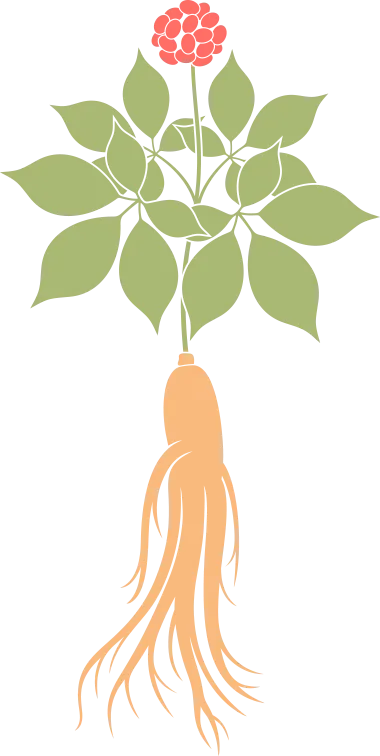
Fewer Side Effects
Herbal medicine is mostly made from natural herbs, which have lower toxicity and side effects, effectively avoiding or alleviating adverse reactions caused by drugs. TCM treatment methods (herbal medicine, acupuncture, tui na, etc.) are relatively gentle.
Focus on Holistic Concepts
TCM treatment not only focuses on the symptoms themselves but also emphasizes understanding the causes, mechanisms, and the overall condition of the individual, using a holistic approach for diagnosis and treatment, which helps to regulate the body’s balance.
Emphasis on Prevention and Health Maintenance
TCM emphasizes prevention and health maintenance, stressing a holistic view of health, including lifestyle, dietary habits, and emotional management, to prevent disease occurrence and achieve physical and mental well-being.
Emphasis on Individual Differences
TCM formulates personalized treatment plans based on each person’s constitution, condition, and causes, and the variety of herbal medicines allows for flexible combinations to make the effects more suitable for the patient.
Longer Treatment Cycles
TCM treatment generally requires a longer time cycle, especially in the treatment of chronic diseases. In contrast, Western medicine often provides quicker and more direct effects, making it more suitable for acute conditions.
Lack of Standardization and Normativity
TCM emphasizes individual differences, and different practitioners may adopt different diagnostic and treatment methods, leading to variations in treatment outcomes, which makes TCM relatively lacking in standardization and normativity.
Not Suitable for Acute and Severe Conditions
TCM’s treatment methods are relatively gentle and more suitable for chronic diseases and functional disorders. For acute and severe conditions, trauma, and emergencies, Western medicine’s treatment methods are more effective.
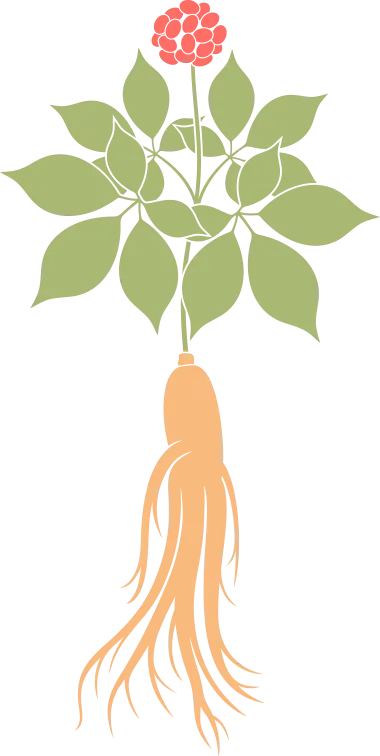
5
TCM Treatment Methods
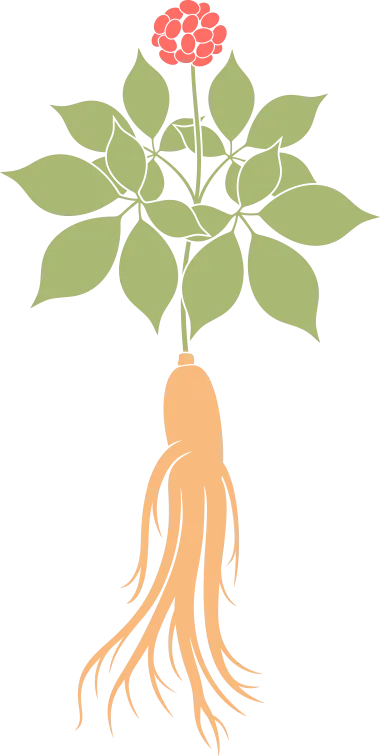
Herbal Medicine Treatment
TCM often uses herbal medicine to treat diseases. Herbal medicine is extracted from natural herbs and contains various active ingredients that can achieve therapeutic effects by regulating the balance of Yin and Yang and the circulation of Qi and blood.
Acupuncture
Acupuncture involves inserting fine needles into specific acupuncture points to stimulate the points and meridians, regulating the flow of Qi and blood in the body to achieve therapeutic effects. Acupuncture therapy includes various forms such as meridian acupuncture, ear acupuncture, and hand acupuncture.
Cupping
Cupping involves placing cups that create negative pressure on the patient’s skin, promoting Qi and blood circulation, eliminating blood stasis, relieving muscle tension, and reducing swelling and pain.
Tui Na (Chinese Therapeutic Massage)
Tui na includes techniques such as pushing, grasping, pinching, kneading, and pressing, which stimulate acupuncture points, meridians, and muscles with appropriate force to regulate Qi and blood, promote blood circulation, and improve conditions.
Gua Sha (Scraping Therapy)
Gua sha involves scraping the patient’s skin with a special scraping board or other tools to stimulate the skin and alleviate conditions. Gua sha can promote Qi and blood circulation and relieve muscle pain.
Dietary Therapy
TCM emphasizes regulating the body through proper diet. Some diseases can be assisted through the selection of specific ingredients and cooking methods, such as regulating the spleen and stomach, nourishing the lungs, clearing heat and detoxifying, and nourishing Yin and moistening dryness.
External Application of Herbal Medicine
External application of herbal medicine is also a common method, where herbs are ground into powder or made into pastes and applied directly to the affected area, treating conditions such as eczema, burns, and wounds through the penetration and action of the herbs.
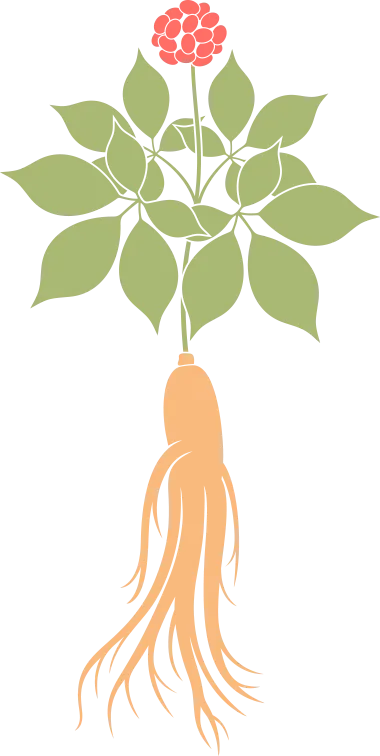
6
Common TCM Herbs
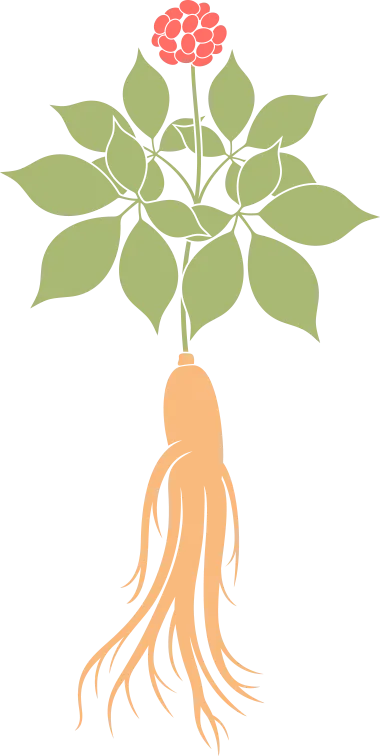
Ginseng
Ginseng is a commonly used tonic herb that has the effects of tonifying Qi and nourishing blood, benefiting the kidneys, and strengthening the body. It can be used in forms such as ginseng pills, slices, and tea, either alone or in combination with other herbs.
Chen Pi (Dried Tangerine Peel)
Chen Pi is made from dried tangerine peel and has the effects of regulating Qi, aiding digestion, and stopping vomiting. It is commonly used to regulate spleen and stomach functions and alleviate gastrointestinal discomfort. “Chen” refers to the aging process it undergoes.
Huang Qi (Astragalus)
Huang Qi (qí) is a commonly used tonic herb belonging to the legume family, with its main part being the root. It has the effects of tonifying Qi and stabilizing the exterior, enhancing immunity, and is often used to regulate Qi deficiency and low immune function.
Dang Gui (Angelica Sinensis)
Dang Gui is a blood-nourishing herb, often referred to as the “blood tonic for women,” with the effects of invigorating blood and regulating menstruation. It is commonly used for gynecological issues, with “Gui” indicating return and belonging, implying regulation and harmony.
Bai Zhu (Atractylodes Macrocephala)
Bai Zhu is regarded as a nourishing and regulating herb, with the effects of tonifying the spleen and benefiting Qi, as well as promoting diuresis and stopping diarrhea. The name Bai Zhu comes from its appearance, as its root has a light white or grayish-white surface.
Ejiao (Donkey-hide Gelatin)
Ejiao (ē) is a gelatinous substance made from donkey skin through special processing. It is a commonly used tonic herb, often used to nourish blood, regulate Qi and blood, and address menstrual issues, as well as improve insomnia and anxiety.
Fu Ling (Poria)
Fu Ling (fú líng) is a commonly used diuretic herb made from the dried sclerotium of the fungus Poria cocos. It has diuretic and anti-edema effects and is often used for symptoms such as edema, damp-heat, and frequent urination.
Gan Cao (Licorice)
Gan Cao is made from the root of the legume plant Glycyrrhiza uralensis. It has effects of moistening the lungs and stopping cough, anti-inflammatory properties, and harmonizing the effects of other herbs, as well as reducing the toxicity and side effects of some medications.
Huang Lian (Coptis Chinensis)
Huang Lian is a bitter and cold natured herb made from the rhizome of the Coptis chinensis plant. It has the effects of clearing heat, drying dampness, and detoxifying, commonly used to treat damp-heat, oral ulcers, and inflammatory symptoms.
Bai Shao (White Peony)
Bai Shao (sháo) is made from the root of the plant Paeonia lactiflora. It is regarded as a nourishing and regulating herb, with effects of nourishing blood, regulating menstruation, calming the mind, and relieving pain.
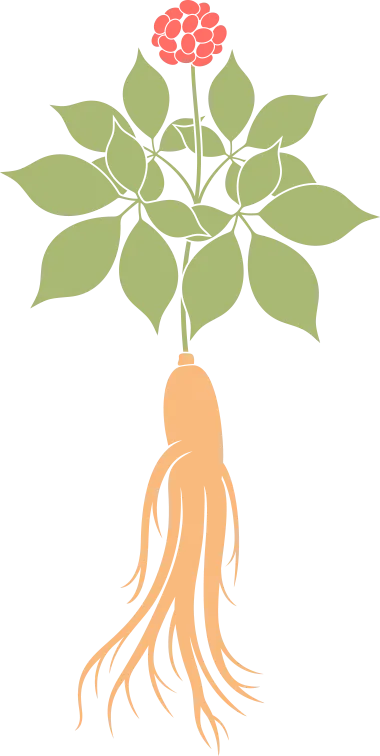
7
Books Related to TCM
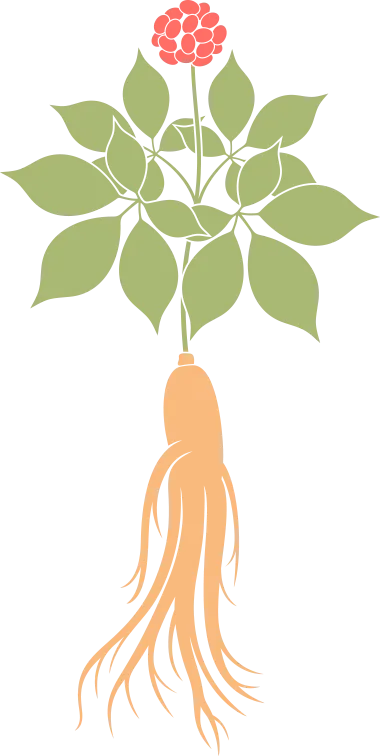
The Yellow Emperor’s Inner Canon
This is the earliest medical classic in China, regarded as the cornerstone and source of TCM. It is a work that encompasses a wide range of TCM theories, human anatomy, diagnostic methods, treatment principles, and health maintenance.
Shang Han Za Bing Lun (Treatise on Cold Damage and Miscellaneous Diseases)
Authored by Zhang Zhongjing, this is one of the traditional Chinese medical texts that remains a core course in TCM hospitals today, systematically analyzing the causes, symptoms, development, and management of cold damage.
Nan Jing (Classic of Difficult Issues)
This is one of the earliest existing classic texts in TCM, authored by Bian Que, containing eighty-one difficult issues presented in a question-and-answer format, covering pulse diagnosis, meridians, Zang-Fu organs, Yin-Yang, etiology, pathogenesis, and syndromes.
Shen Nong’s Herbal Classic
This is the earliest pharmacological work in ancient Chinese medical literature, documenting a wealth of information on medicinal substances, detailing the classification, efficacy, usage, and compatibility of Chinese herbs.
Ben Cao Gang Mu (Compendium of Materia Medica)
Authored by Li Shizhen, this book includes 1,892 types of herbs and over 1,100 types of animal and plant medicines, making it one of the most comprehensive and systematic pharmacological works of its time, with detailed descriptions of each drug and plant.
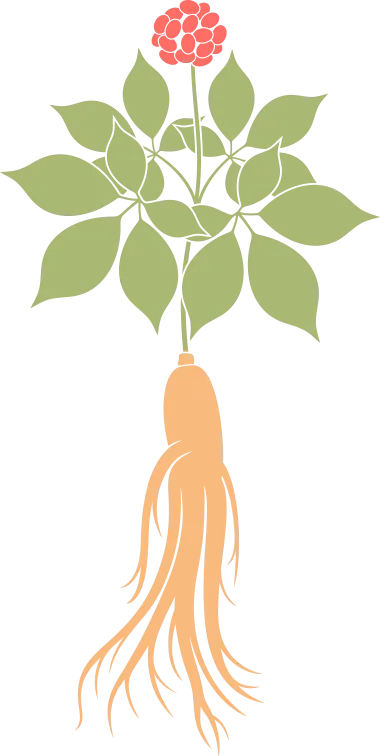
8
Terminology Related to TCM
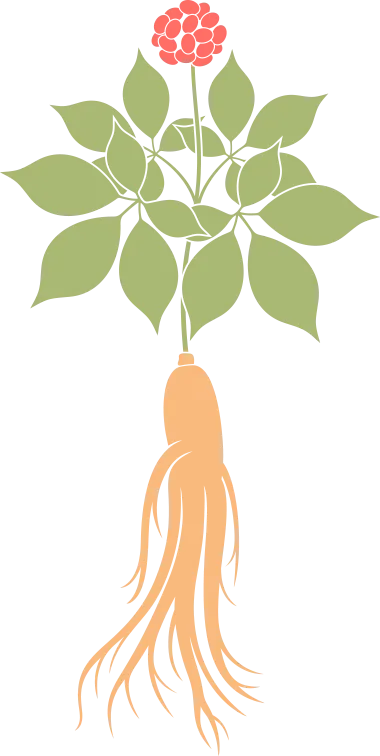
Pulse Diagnosis
Pulse diagnosis refers to obtaining information about the patient’s physical condition by feeling the pulse (strength, speed, length). TCM believes that the functional state of the internal organs and meridian system can be reflected through the pulse.
Experienced TCM Practitioners
Experienced TCM practitioners are usually older and have extensive clinical experience. These practitioners have accumulated rich TCM skills and diagnostic experience over many years of practice and research, familiar with the treatment of various diseases.
Meridians
Meridians are considered the pathways for Qi and blood circulation, connecting the Zang and Fu organs throughout the body, allowing Qi and blood to flow, providing nutrients and oxygen to tissues and organs, and eliminating waste and toxins, thus regulating the body’s balance.
Clinical Practice
In ancient times, doctors diagnosed patients at their bedside, which is where the term “clinical” originated. Today, it refers to the process of diagnosis, treatment, and care that doctors perform in actual medical work with patients.
Dampness
Dampness refers to the abnormal accumulation of moisture in the body or the invasion of external dampness, leading to bodily imbalance. It can be caused by humid environments, rain, or water immersion, resulting in muscle soreness, joint pain, eczema, and skin issues.
Secret Recipes
Secret recipes refer to specific, non-public treatment plans or prescriptions, usually held and passed down by a particular doctor, herbalist, or medical heir. Secret recipes often originate from personal experience or family traditions.
Folk Remedies
Folk remedies refer to unique treatment plans used in specific individuals or family traditions, often lacking scientific validation and clinical research support, requiring caution in their use.
Health Maintenance
Health maintenance means “protecting and maintaining health,” referring to the prevention of disease occurrence, improving the body’s resistance and self-healing ability, and maintaining physical and mental balance through positive health behaviors and lifestyles.
Difficult and Miscellaneous Diseases
Difficult and miscellaneous diseases refer to a category of diseases or symptoms with unclear causes or complex conditions that are difficult to treat. These diseases may involve multiple systems and organs and present various symptoms and signs.
Rheumatism
Rheumatism originates from the TCM theory of wind evil, which is considered an external evil that can enter the body through the wind, causing Qi and blood circulation to be obstructed and leading to related diseases.
Pathology
“Disease” refers to various diseases and pathological changes occurring in the human body, while “pathology” refers to the analysis, explanation, and understanding of diseases. The purpose of pathology research is to understand the nature of diseases, the mechanisms of pathological changes, and the pathological processes.
Medical Lineage
“Medical lineage” refers to families in the field of TCM that have been engaged in medical work for generations. These families typically have multiple generations involved in TCM practice, passing down rich medical experience and knowledge.
Formulas
“Formulas” refer to prescriptions in TCM, which combine various Chinese herbs in specific proportions and methods for use. “Dosage forms” refer to the processing of herbs into pills, powders, decoctions, and other forms.
Source: TCM Hospital

